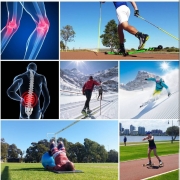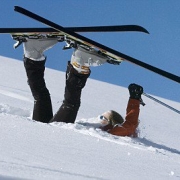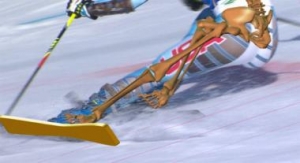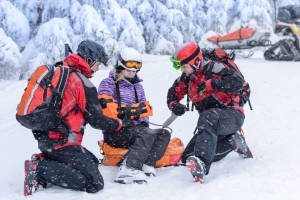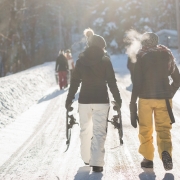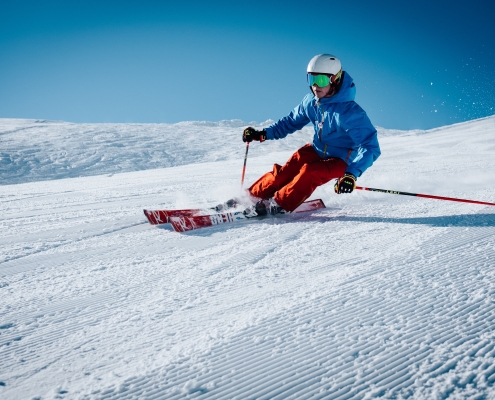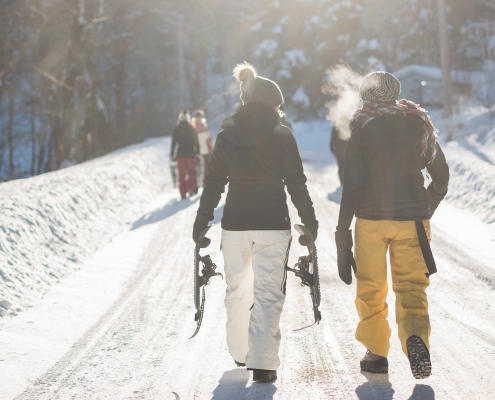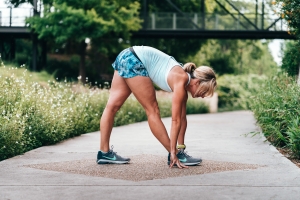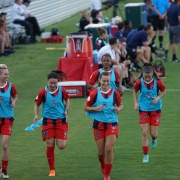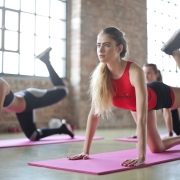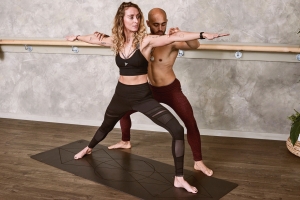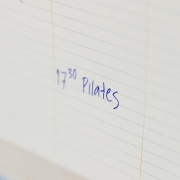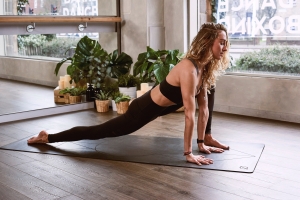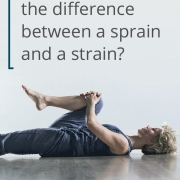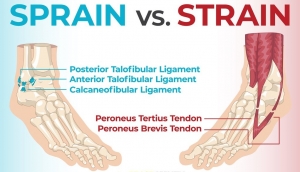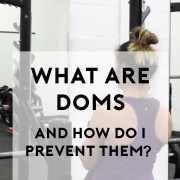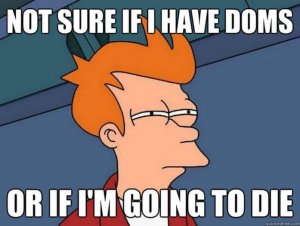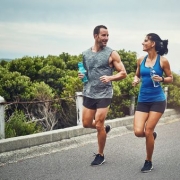How best to recover after a day on the slopes
Keep gently moving – although you may feel tired after a long day on the mountain sitting still all evening can allow you to stiffen up and your tired muscles to get tight. Doing some basic stretches a few times throughout the evening and getting up regularly to move about can help prevent this.
Drink plenty of water – staying hydrated when out skiing and throughout the evening is a simple way to greatly aid recovery. Staying hydrated allows the body to flush away any toxins that build up from the exercise throughout the day. Dehydration is easy at altitude and can have some nasty side effects. Make sure you carry some water with you or st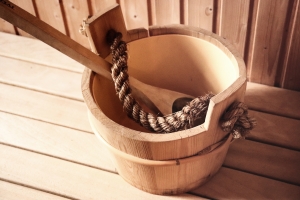 op on the mountain to rehydrate (coffee and beer/hot wine do not count!).
op on the mountain to rehydrate (coffee and beer/hot wine do not count!).
Eat well – keeping well fuelled is essential when exercising for prolonged periods. Getting in a decent dose of nutrients at dinner will help your energy systems recover and prepare you for another day of being active. Choose a variety of nutrient dense foods throughout the evening to ensure you cover all your bases. Whilst on ski holiday is not the time to restrict your food intake or to simply forget to eat because you were having too much fun.
Use the sauna – many accommodation facilities will have access to a sauna or something similar. If you are able to it is a great way unwind and recover. It is even the perfect place to do some gentle stretches whilst you’re nice and warm.
Cold shower on legs/feet – using cold therapy to aid recovery is an age old trick. Even a simple few inches of cold water in the bottom of a bath to bathe your feet for 10 minutes will help them recover. An alternative is to hold a cold shower over your calves and thig
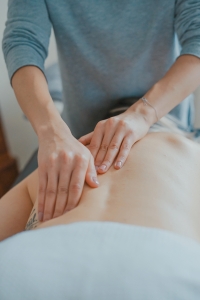
hs for a few minutes at the end of your evening shower.
Have a massage / foam roller – if the holiday budget allows then a massage is a great way to relieve any aches and pains and to reduce post exercise stiffness.
Warm up before you get kitted up – the next morning it can be very beneficial to spend a few minutes getting warm and limbered up before getting your kit on. This will allow you to ease off any aches and pains from the day before and to check that you have good range of movement throughout your body. A brief warm up can make you aware of any sore spots or stiffness. Being aware of how your body is feeling will allow you to better plan what you are feeling up to that day and minimise any nasty surprises through the day.

